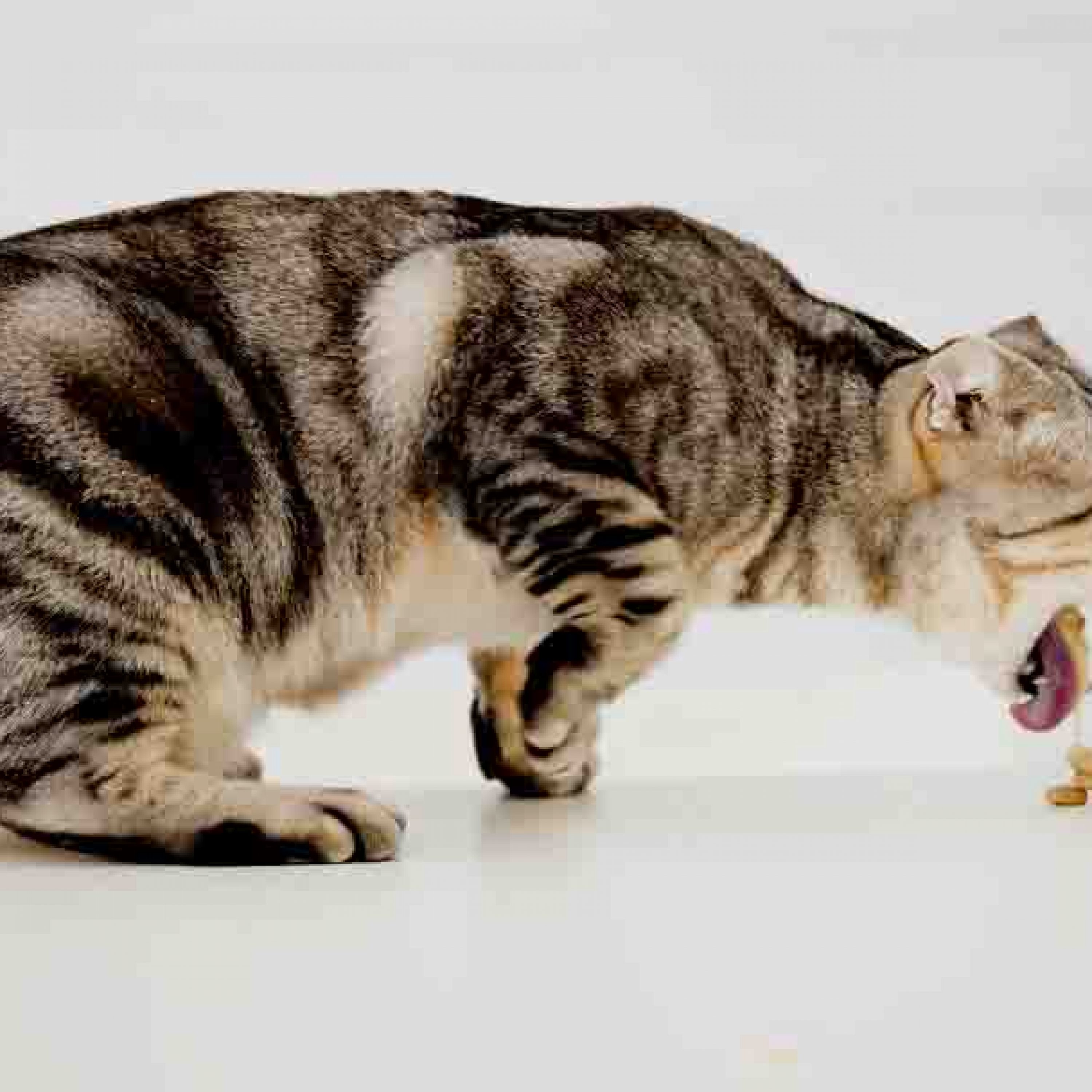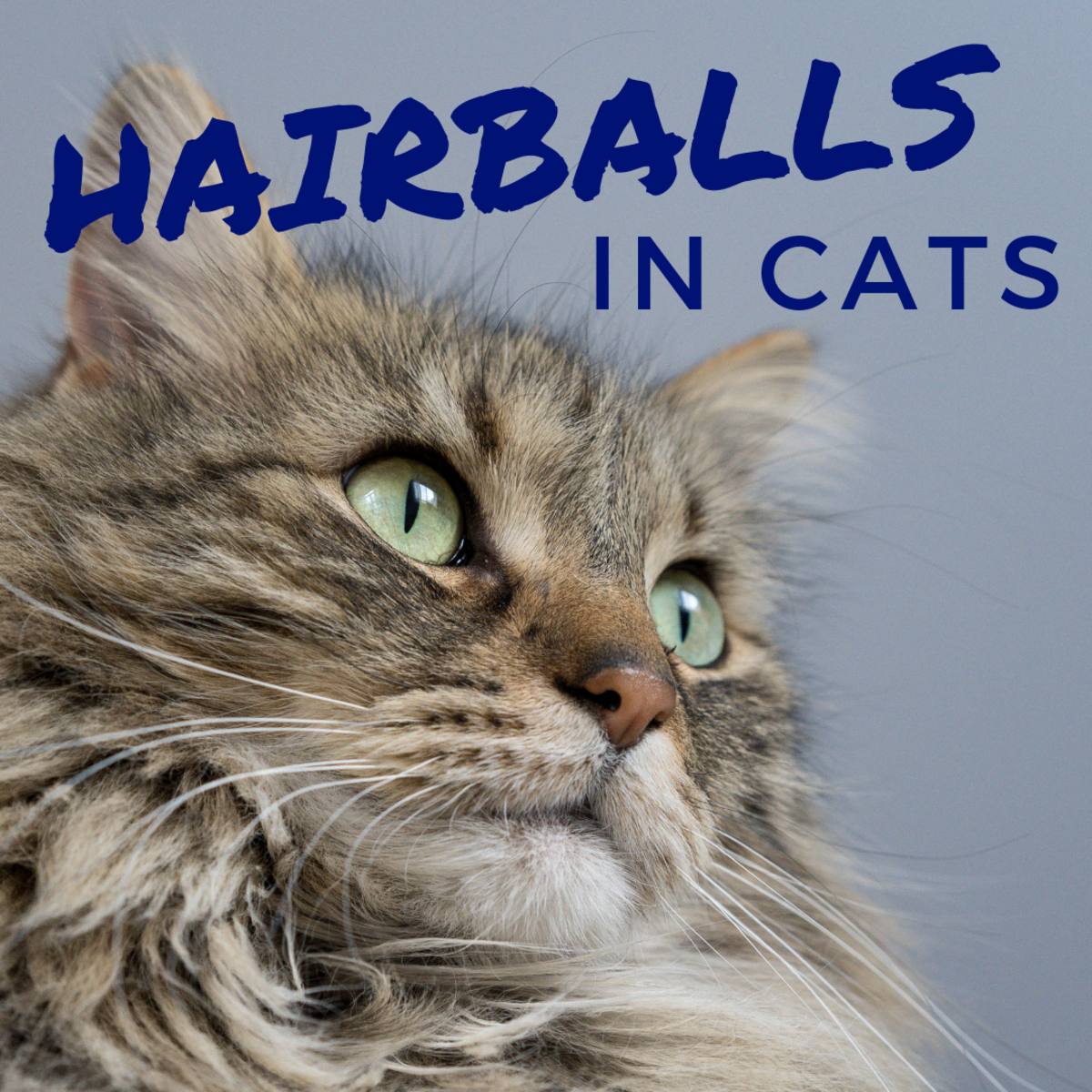Let's be real here, folks. Pictures of hairballs might not be the most glamorous topic out there, but if you're a pet owner—or just someone fascinated by the quirks of animal biology—you know they're a big deal. Whether you're dealing with your cat's late-night hacking session or marveling at the science behind why hairballs exist, this is a subject worth diving into. Hairballs aren't just gross; they're a window into the world of animal health, grooming habits, and even some pretty cool science. So, buckle up, because we’re about to take a deep dive into the fascinating (and sometimes messy) world of hairballs.
Now, you might be thinking, "Why do I need to know about pictures of hairballs?" Well, my friend, understanding hairballs isn't just about avoiding those unpleasant surprises on your rug. It's about learning how to keep your furry companions healthy and happy. And hey, who doesn't love a good "before and after" grooming pic or a scientific diagram showing how hairballs form? Trust me, this stuff is more interesting than you think.
So, whether you're here for the science, the pet care tips, or just some seriously weird pictures of hairballs, you're in the right place. Let’s break it down step by step, with some fun facts, practical advice, and even a few laughs along the way. Because, let's face it, life with pets is messy—and that's part of the charm.
What Are Hairballs Anyway?
Let’s start with the basics. Hairballs, or as science-y folks call them, "trichobezoars," are basically clumps of hair that get lodged in the digestive system of animals—most commonly cats. These little bundles of joy form when your pet grooms themselves and accidentally swallows loose hair. Normally, this hair would pass through their system without issue, but sometimes it sticks around, collecting in the stomach or intestines until it gets big enough to cause discomfort. Then comes the hacking, gagging, and eventually, the glorious hairball deposit on your living room floor.
Here's the kicker: hairballs aren't just a cat thing. Dogs, rabbits, and even cows can get them too, though it's less common. And yes, humans can technically get hairballs too, but that usually involves some weird grooming habits (or trichotillomania, which is a whole other topic).
How Do Hairballs Form?
Picture this: your cat is lounging on the couch, happily licking their fur. As they groom, tiny hooks on their tongue called "papillae" grab loose hairs and send them down the hatch. Most of the time, these hairs make their way through the digestive tract and come out the other end. But if your cat is shedding a lot, or if they have digestive issues, those hairs can clump together in the stomach instead. Over time, this clump grows larger, leading to that telltale hacking sound and eventual expulsion.
- Leslie Stefanson Pictures A Dive Into Her Iconic Moments
- What Is The Zodiac Sign For April 29th Discover Your Star Sign Today
Why Are Pictures of Hairballs Important?
You might wonder why anyone would want to look at pictures of hairballs. Believe it or not, these images can tell us a lot about an animal's health. For one, they show how much hair your pet is swallowing, which can indicate grooming habits or skin conditions. They can also reveal signs of digestive issues, like unusual shapes or colors. Plus, let's be honest—some of these pics are just downright hilarious.
And if you're into science, there's a whole world of research around hairballs. Scientists study them to learn more about animal digestion, grooming behaviors, and even evolutionary adaptations. So, those seemingly gross photos might actually be contributing to some pretty fascinating discoveries.
Where Can You Find Pictures of Hairballs?
If you're looking for pictures of hairballs, you've got options. Social media platforms like Instagram and Reddit are full of user-generated content from pet owners sharing their hairball stories. Veterinary websites and animal health blogs often post educational images, and even some museums have exhibits featuring preserved hairballs from historical animals. Yes, you read that right—hairballs have made it into the museum world!
Health Implications of Hairballs
While hairballs are generally harmless, they can sometimes signal underlying health issues. Chronic hairball production might indicate problems like intestinal blockages, inflammatory bowel disease, or excessive shedding due to skin allergies. That's why it's important to keep an eye on your pet's hairball habits and consult a vet if anything seems off.
Here’s a quick list of red flags to watch for:
- Frequent vomiting or gagging
- Loss of appetite
- Lethargy or unusual behavior
- Swollen abdomen
- Constipation or diarrhea
If you notice any of these symptoms, it's time to give your vet a call. Better safe than sorry, right?
Preventing Hairballs: Tips and Tricks
Luckily, there are plenty of ways to help prevent hairballs in your pets. Regular grooming is key—brushing your cat or dog regularly removes loose hair before it gets swallowed. Special diets designed to promote digestive health can also make a difference. And don't forget about hairball remedies like lubricants or supplements, though you should always check with your vet before trying anything new.
Fun Facts About Hairballs
Who knew hairballs could be so fascinating? Here are a few fun facts to impress your friends:
- Hairballs have been found in mummified cats dating back to ancient Egypt.
- Some artists even create sculptures using real hairballs—talk about turning trash into treasure!
- In 2012, a cow in India was found with a 44-pound hairball in its stomach!
- There's an annual Hairball Awareness Day, celebrated every April 26th.
See? Hairballs aren't all bad—they're kind of awesome in their own weird way.
Historical Significance of Hairballs
Believe it or not, hairballs have played a role in human history. Ancient civilizations believed they had medicinal properties, and some even used them as remedies for ailments like snake bites. While we now know better, it's still a fun piece of trivia to toss around at parties.
Scientific Research on Hairballs
For those of you who love a good science lesson, here's a breakdown of what researchers are discovering about hairballs. Studies show that hairballs can provide insights into an animal's diet, environment, and even stress levels. By analyzing the composition of hairballs, scientists can learn about the types of hair being ingested, potential contaminants, and even the presence of parasites.
One study even used hairballs to track the migration patterns of wild cats! So, the next time you see a picture of a hairball, remember that it's not just waste—it's a tiny piece of scientific gold.
Tools and Technology for Hairball Analysis
Modern technology is helping researchers study hairballs in new ways. Microscopes, DNA analysis, and even CT scans are being used to examine these little bundles of hair. Who knew that something so gross could be so high-tech?
How to Take Great Pictures of Hairballs
Okay, so maybe you're not planning to become a professional hairball photographer, but if you do want to capture the moment, here are some tips:
- Use natural lighting to highlight the texture of the hairball.
- Get up close for those Instagram-worthy macro shots.
- Add props like a ruler or a coin for scale.
- Be quick—hairballs don't stick around forever!
And remember, always clean up afterward. Nobody wants to step in a hairball by mistake.
Sharing Your Hairball Pics Online
If you decide to share your hairball photos online, be prepared for mixed reactions. Some people will find them hilarious, while others might be grossed out. But hey, that's the beauty of the internet—there's a community for everything, including hairball enthusiasts. Just make sure to tag your vet or a pet health expert if you're sharing for educational purposes.
Conclusion: Embracing the Hairball
So there you have it—everything you ever wanted to know about pictures of hairballs and then some. From their formation and health implications to their role in science and history, hairballs are more than just a nuisance. They're a reminder of the bond we share with our pets and the fascinating world of animal biology.
Now that you're armed with knowledge, it's time to take action. Share this article with fellow pet lovers, leave a comment with your own hairball stories, or check out some of the resources mentioned here. And remember, the next time you find a hairball on your floor, don't just sigh—take a picture and embrace the weird, wonderful world of pet ownership.
Table of Contents
- What Are Hairballs Anyway?
- How Do Hairballs Form?
- Why Are Pictures of Hairballs Important?
- Where Can You Find Pictures of Hairballs?
- Health Implications of Hairballs
- Preventing Hairballs: Tips and Tricks
- Fun Facts About Hairballs
- Historical Significance of Hairballs
- Scientific Research on Hairballs
- Tools and Technology for Hairball Analysis
- How to Take Great Pictures of Hairballs
- Sharing Your Hairball Pics Online
- 52 Rules Of Dominance Unlock Your Inner Power
- Maggie Sajack The Rising Star Everyonersquos Talking About


